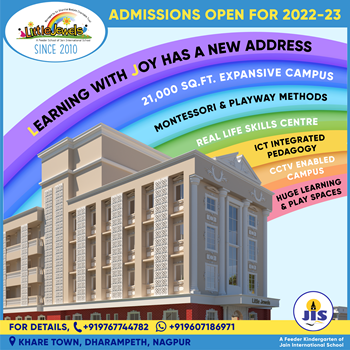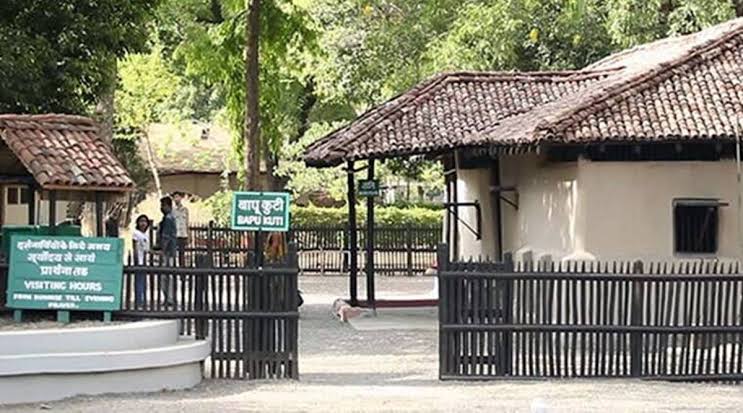An expanded Rs 244 crore development plan has been sanctioned as the Maharashtra government seeks UNESCO World Heritage Site status for Sevagram, Mahatma Gandhi’s Wardha residence. During the independence movement, Sevagram was a pivotal location.
The Gandhi Sevagram Ashram, some eight kilometres from Wardha town, will make the experience interactive with 3-D technology and multimedia.
The government had previously approved Rs 162 crore. A further Rs 81.57 crore has now been approved, bringing the total plan to Rs 244.087 crore.
Murals and relics will be installed at the Wardha railway station to commemorate Gandhiji’s life. Sevagram will also have a library and resource centre.

The decision was reached at a meeting presided over by Maharashtra Chief Minister Uddhav Thackeray, which included Deputy Chief Minister Ajit Pawar, who oversees the Finance and Planning ministries, as well as Public Works Minister Ashok Chavan.
The decision was reached at a meeting presided over by Maharashtra Chief Minister Uddhav Thackeray, which included Deputy Chief Minister Ajit Pawar, who oversees the Finance and Planning ministries, as well as Public Works Minister Ashok Chavan.
The Sevagram Ashram in Wardha was the residence of Gandhiji from 1936 to his death in 1948. Gandhiji decided to make a village in Central India his headquarters and came to Wardha in 1934, at the invitation of Jamnalal Bajaj and established Sevagram, the village of service.
The Bapu Kutir, the small hut Mahatma Gandhi used to stay in Sevagram, is the centre of attraction and is visited by students, educationists, researchers, tourists and Gandhians.
The Father of the Nation had spent over a decade’s time of his life in Sevagram.
The Sevagram spread over 400 acres is run by five institutions – Sevagram Ashram, Nai Talim Samiti, Mahatma Gandhi Seva Sangh Akhil Bharatiya Seva Sangh and Kasturba Health Society.
Amongst the most important items here are the small statue of three monkeys made of China clay – one covering eyes, one mouth and another ears.
👉 Click here to read the latest Gujarat news on TheLiveAhmedabad.com




